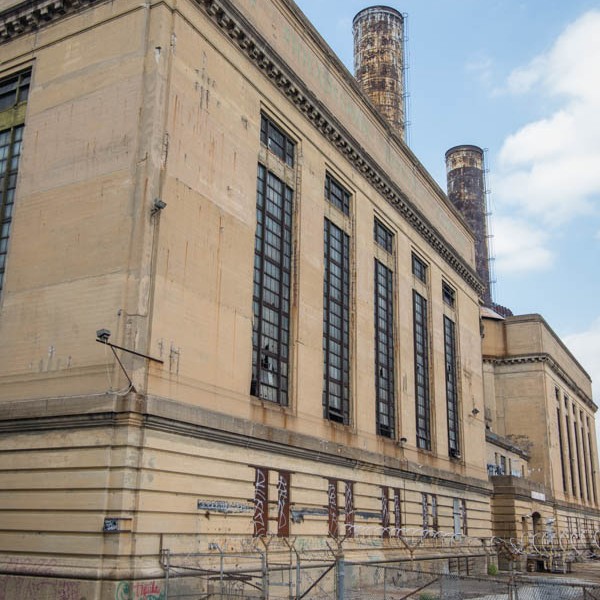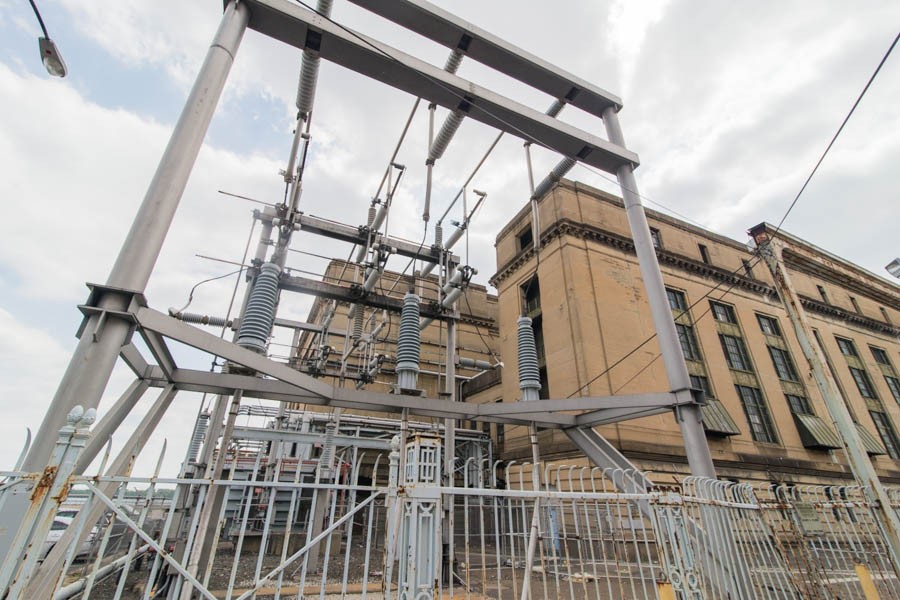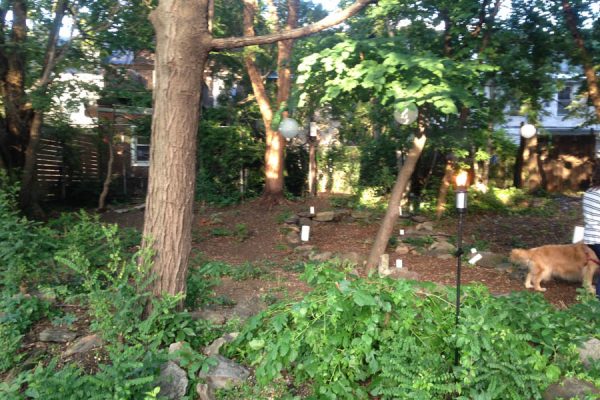WTF is That?! Delaware River Generating Station
If you’ve ever walked down Delaware Ave or spent time at Penn Treaty park, you’ve likely wondered about that behemoth concrete building sitting on the river.
It resembles a Greek ruin nowadays with Mother Nature sprouting up trees around it. But for most of the 20th century, the building actually served as a power plant and it’s called the Delaware River Generating Station.
Heading into the First World War, the energy needs of Philadelphia were skyrocketing. The Philadelphia Electric Company could barely keep pace with demand, according to Nicholas B. Wainwright in his book, “The Philadelphia Electric Company, 1881-1961.”
PECO chose the site in part due to it being just two miles Northeast of City Hall but also to feed the growing industrial needs of the surrounding areas like Fishtown, Kensington and Port Richmond.
Architect John T. Windrim, the designer of the Franklin Institute, along with W.C.L. Eglin, designed the building in the Roman-esque Classical Revival architectural style in 1917. But the coal-fired plant didn’t start generating power right away. This was mainly due to Philadelphia Electric’s financial troubles in 1917, according to Wainwright.
He wrote; “To provide the generating capacity necessary for the next two years, construction of Delaware Station had to be started at once so that it would be ready by November, 1918. The directors approved … the expenditure of $18,000,000 beyond the $6,500,000 already authorized … but within two months the project was brought to a halt.”
Thanks to the delays, Philadelphia Electric found itself still short on power when the two 30,000 kilowatt generators finally came online on October 31, 1920. In 1923 two more 30,000-kilowatt generators were ordered. In the early 1950s “two 136,000 kilowatt units, the biggest that could fit in the station” were installed. However, technology increased so much over the previous three decades that “while it required 146 men to operate the 195,750 kilowatts of capacity in the old part of Delaware Station, the new part with its 272,000 kilowatts called for only twenty-four more workers,” according to Wainwright.
The plant stayed in regular operation through 2004. For a couple of years after that, PECO, now under the Exelon Company, utilized it as a peak demand plant, which meant it only came online when the rest of the generating system was at full capacity.
Exelon Company agreed to sell the property to Bart Blatstein earlier this year. Blatstein is partnering with caterer Joe Volpe, of Cescaphe fame. The two are planning boutique hotels utilizing the “55-foot high ceilings” for the ballroom, according Joe DiStefano of the Philadelphia Inquirer.
But the Delaware River Generating Station’s fate might not be etched in stone. Others are trying to have the station registered as a historical site. The Philadelphia Historical Commission received a nomination, but it has not been reviewed as yet, according to Kim Broadbent, one of the Historic Preservation Planners at the commission. The process has also begun for the National Register of Historic Places, which is being handled by Powers & Company. If Powers & Company succeed the building would be eligible for historic rehabilitation tax credits, according to Broadbent.
Regardless of its future, the Delaware Station will likely be a part of the Riverward’s visual landscape for a long time to come.









